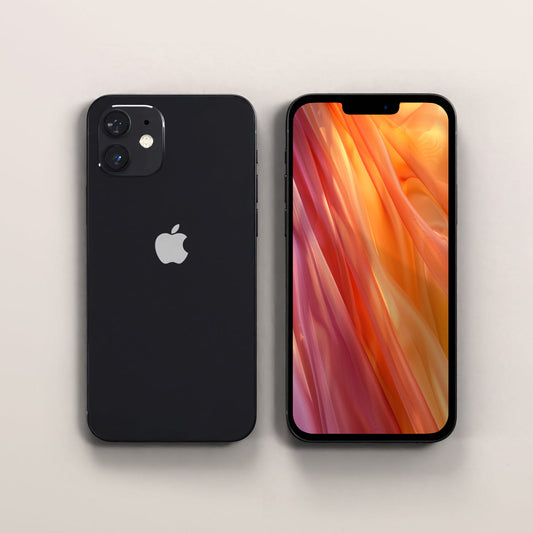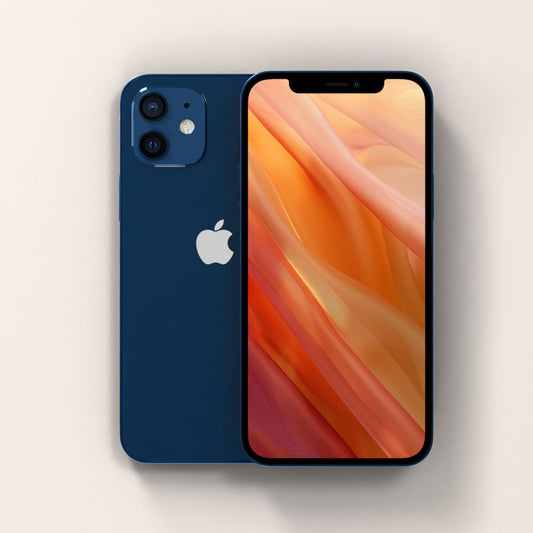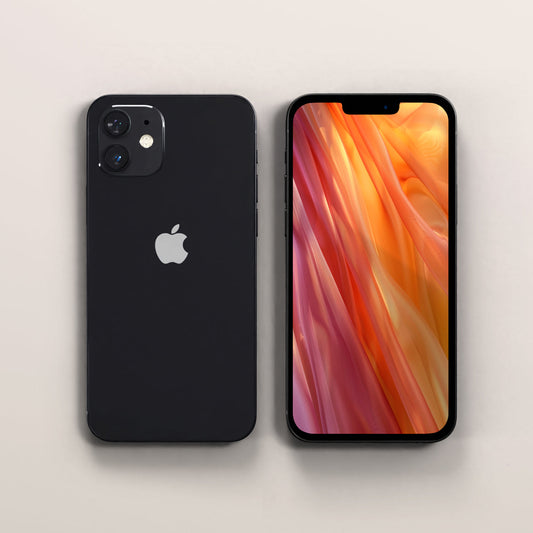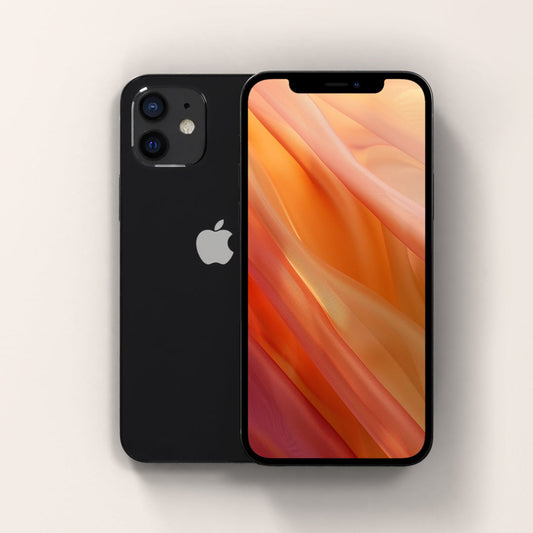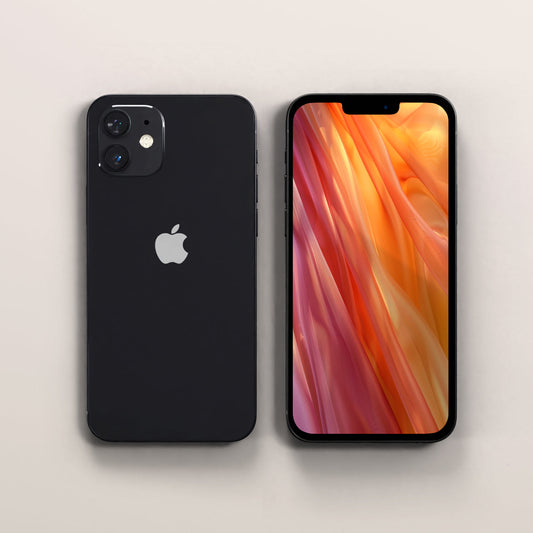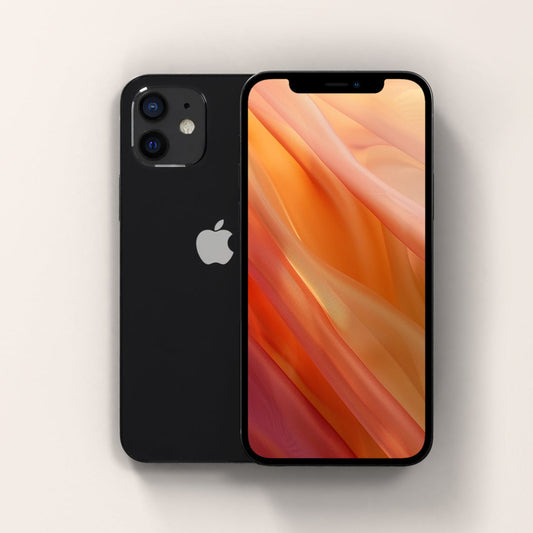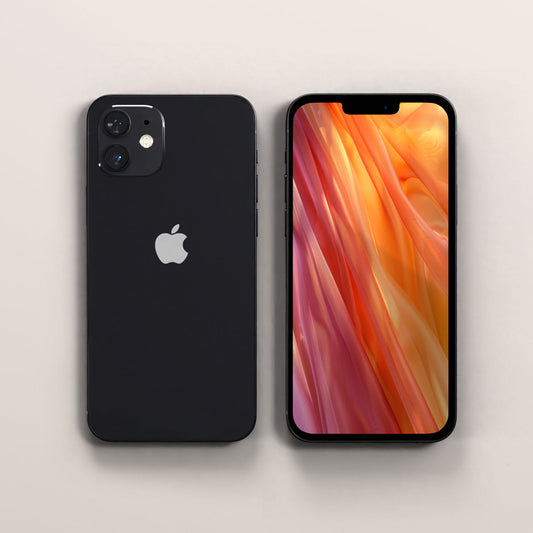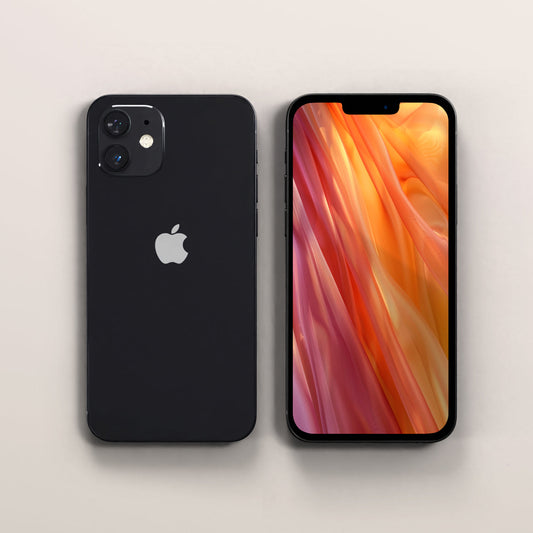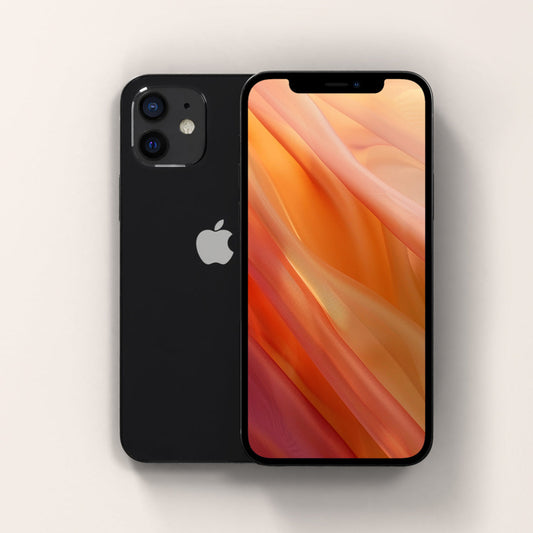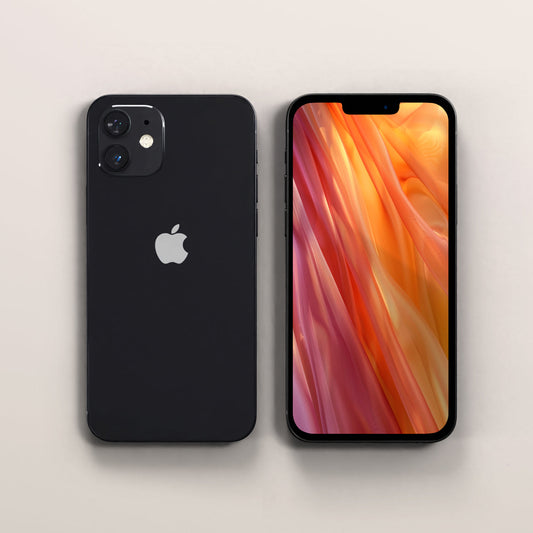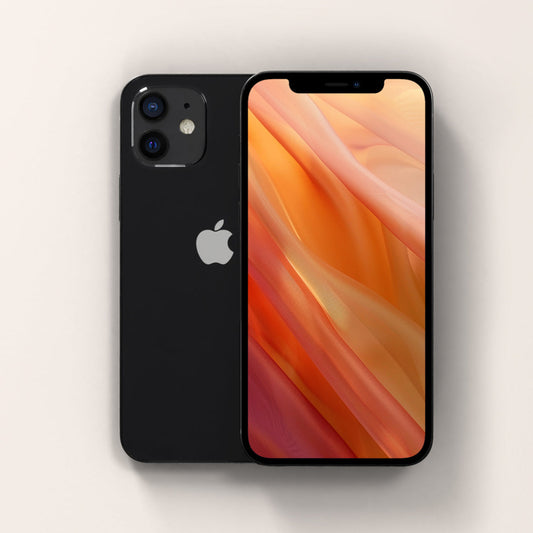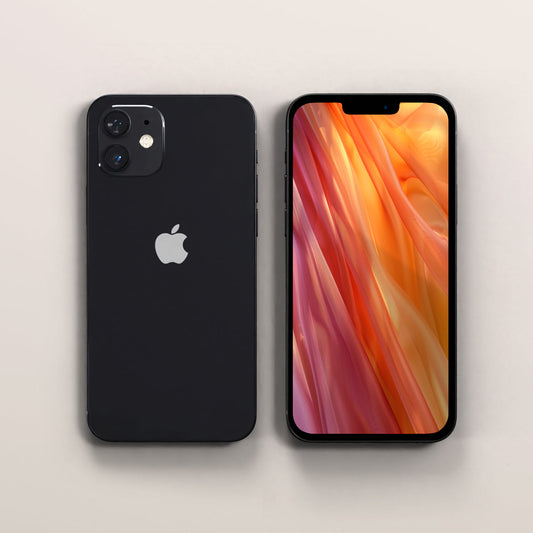Free 30-Day Returns
Free Shipping
Certified 55-Point Inspection
Customer Service 7 Days a Week
Free 30-Day Returns
Free Shipping
Certified 55 Point Inspection
Shop by Category


Buy a Refurbished iPhone 12
USED IPHONE 12 FOR SALE
If you're looking for an iPhone 12 at a great price, you've come to the right place. Gazelle is a leading supplier of used phones from top-selling brands. We can help you find the perfect iPhone 12 for your budget and preferences.
An iPhone 12 from Gazelle is your ticket to a premium smartphone that you, and your wallet, will love. Here's how to make it happen.
Why an iPhone 12?
iPhones have been a fan favorite since the original release in 2007, with each model getting more attention than the last. The iPhone 12 followed the iPhone 11 with its release in October 2020. This model has many familiar features polished to meet modern standards.
iPhone 12 Features
The iPhone 12 introduced nano-ceramic crystals to help stiffen the device, particularly with a ceramic shield that protects against drops. The A14 processor is the fastest available chip on the market, and the 5G connectivity gives you speed and performance on the go. Nano SIM options offer the convenience and flexibility that those with newer phones are used to.
The 6.1-inch Super Retina XDR display is stunning for pictures, Dolby Vision content, videos or gaming. The dual camera display includes two 12-megapixel rear cameras and a 12-megapixel front camera with Face ID recognition. You can also use great camera features like night mode.
While more recent iPhone models have surpassed the iPhone 12, it still has respectable battery life and an impressive processor. It's suited for most mobile games, demanding apps, and anything else you might need a phone for.
A Refurbished iPhone 12 Combines Power and Price
The iPhone 12 stands out with its power, speed, and style. Experience Apple's innovation first hand, at a lower price when you buy one from Gazelle.
Even though your refurbished iPhone 12 mini or iPhone 12 Pro is a used phone, we sell them with a charging cord and activation instructions. It comes sim free, and we'll label the device clearly if it's locked to a single carrier.
Why Buy a Refurbished Used iPhone 12?
There's nothing worse than fully functional phones going to landfills. Many of the pre-owned iPhone 12 devices we receive need only a quick data wipe to be ready for use again. When you purchase a refurbished iPhone 12 from Gazelle, you're making an eco-friendly, and budget-friendly decision — and getting an exceptional phone while you're at it.
Plus, you benefit from all of the latest features and benefits of an Apple iPhone, without meeting up with strangers, or trusting an auction site for a phone of questionable quality. We make finding and buying a quality refurbished iPhone 12 fast, easy and convenient.
Here's how it works:
- Test: We receive the iPhone 12 and thoroughly inspect its hardware, software and features, including the screen, camera, buttons, charging ports, and more.
- Update: Next, we update the phone's software and wipe the existing data from the previous owner. Then we reset the device back to its original factory settings.
- Sell: Finally, we package your second-hand iPhone 12, so it's ready for use when it lands on your doorstep.
Unlike when you purchase a new phone from a specific carrier, you won't be contract-bound with a Gazelle phone. We even sell unlocked models that let you choose your preferred wireless provider.
When you order from Gazelle, you will receive your iPhone 12 refurbished and ready to use. So all you need to do is start shopping for wireless plans.
The Advantages of Pre-Owned, Refurbished Phones
Newer does not necessarily mean better. When you buy a used phone over a new one, you get benefits including:
- Lower costs: Used phones are significantly less expensive than new models. You can also avoid paying a monthly contract and only pay for the services you want.
- Less stress: If you spend money on a brand new phone, you worry more about accidental drops. When you save big, you can relax.
- Less commitment: You can try out an iPhone 12 without spending hundreds of extra dollars. If this is your first iPhone, you can get the same great experience for cheap.
- Better value: New phones drop their value very quickly. When you buy used, your phone is more likely to hold onto value for longer.
- Hassle-free returns: We understand you want to make sure your pre-owned iPhone 12 is everything we promise, so go ahead and try it out. If it's not what you expected, return it within 30 days for a refund.
- Trusted support: When you buy your second-hand iPhone 12 from a reliable reseller with a solid return policy, you avoid risks. No need to meet up with strangers, or using an auction site.
Shop for secondhand phones today and experience the benefits yourself.
Where to Buy a Refurbished iPhone 12
You can find an iPhone 12 online with Gazelle today. Gazelle has a vast inventory of colors, storage capacities and carriers to meet your every need. Every phone undergoes a 30-point checkpoint before we post it on our website, so you can trust that we only provide the best iPhones available.
When you shop with us, you can:
- Return your phone within 30 days if you change your mind.
- Help reduce e-waste by giving phones a second life.
- Get honest pricing with no risks and no contracts.
- Use our secure website to make your transaction from wherever you are.
- Choose an iPhone 12 that is compatible with your preferred wireless carrier.
Enjoy our convenient shopping service from the comfort of your home. Skip the online searching and meetups for new phones when you work with us.
Shop Used iPhones With Gazelle
Find your next phone with Gazelle and save money while you do it. Your newly-purchased, refurbished iPhone is waiting for you. Instead of letting another phone go to the landfill, support the circular economy and do Mother Nature, and your wallet, a favor.
Get started and browse our collection of iPhone 12 devices today!






